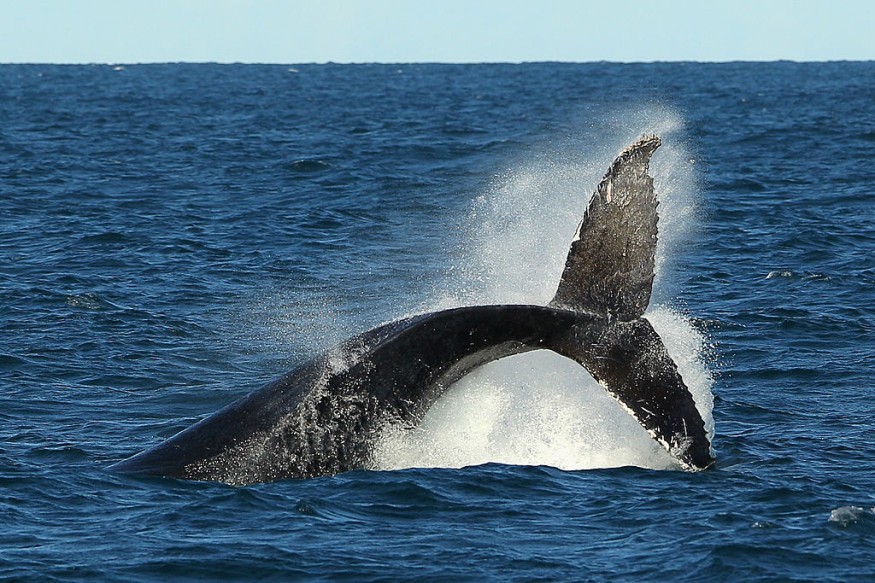
When Cynthia Barile, a PhD student from Galway, Ireland, booked her trip to Cape Town, South Africa for a conference, she did not know she would witness a rare sight.
Along with her colleague, Cynthia saw the "incredible" birth of a mother southern right whale to a healthy calf, Newsweek reported. As whale researchers themselves, the two gals were exhilarated with what they had seen and immediately shared the moment on the social media platform, Twitter.
"10 days from submitting my PhD I became the (probably?) co-first whale researcher to witness the birth of a southern right whale," Cynthia wrote the caption, adding that it happened while she and her friend, Morgane Pommier, took a break from work to go whale watching.
"It was incredible indeed, a moment that will stay with us crew always, thanks for joining us," replied @SAwhalewatching, the charter boat that took them out to spot the whales.
Spotting a Southern Right Whale
Whales are generally very important for the oceans, as they are the "ecosystem engineers" that help keep life at sea healthy by redistributing nutrients across the ocean.
The Southern Right whale (Eubalaena australis) in particular, found in subtropical and waters of the southern hemisphere, are calm and curious when they are close to humans. They are one of the largest species of whale, range between 43 to 56 feet in length, and weigh up to 176,000 pounds, according to NOAA Fisheries.
As per the government agency, Southern right whales have a stocky, black body often with white belly and chin patches and a large head covered in callosities, lacking a dorsal fin but have wide, paddle-shaped flippers.
They are close relatives to northern right whales, of which both face some threats mostly due to human activity.
The whales primarily feed during austral summer in high latitude feeding grounds in the Southern Ocean, and migrate north to the waters off southern Africa during the winter months to mate and give birth. Females give birth to one calf every three or so years after reaching sexual maturity at 9 years old.
Listed as Endangered Species
Similar to North Pacific and North Atlantic right whales, Southern right whales can live up to 70 years.
However, these whales were heavily hunted in the 18th, 19th and early 20th centuries by the whaling industry, which caused their global numbers to drop to a mere 300 individuals at one point. In 2009, it was believed that the number grew up to 13,000 in the oceans, but data from the Commonwealth Scientific and Industrial Research Organization estimates not even half of their pre-whaling populations by 2100.
To date, NOAA Fisheries has listed Southern right whale as endangered under the Endangered Species Act and depleted under the Marine Mammal Protection Act.
Current threats to southern right whales include entanglement in fishing gear, strike by ships and vessels, industrialization of coastal and marine habitats resulting in habitat degradation, and ocean noise, among others, as they can't communicate properly due to noise pollution from shipping lanes.
Cynthia only captured a photo of the afterbirth to pay respect to the beautiful, "incredible" moment of "probably one of the most emotionally-charged moments of my life," she said in a comment.
Related article : Armies of Native Spider Crabs Clump Together Australia's Southern Coast
© 2025 NatureWorldNews.com All rights reserved. Do not reproduce without permission.





